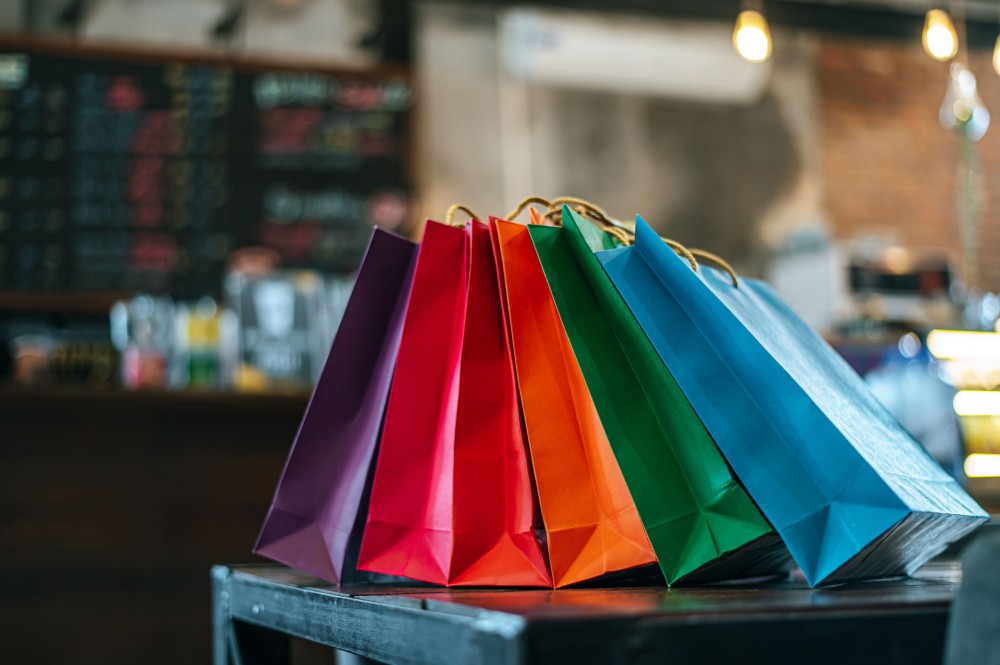The National Retail Federation (NRF) Big Show brought the retail community together, including suppliers and partners, for the (virtual) annual discussion on the future of retail. On centre stage was the acceleration of business trends, with retailers and partners exploring approaches needed to succeed in a fast-paced environment. At Kaizen Institute, we gathered the main insights on how businesses can thrive in the coming years:
Company Culture and Energy
“Customer-centricity” has long been the motto of the retail industry – an approach which is dependent on front-line employees personifying the retailer’s brand. In a time where customer and retailer needs are changing, it is crucial for organisations to reassess the roles of employees to guarantee their motivation, their ability to meet consumer demands, and to adhere to health and safety requirements. In a changing environment, investing in workplace wellness is a priority, which starts with the most basic needs. Each employee must have a clear vision of their role, be offered hands-on leadership, be communicated with early and frequently, and be given training to guarantee career development opportunities.
Supply Chain Resilience and Visibility
Supply chain complexity has been increasing, with burgeoning numbers of stakeholders, products and services offered. The recent volatility in demand has pushed some distributors to become suppliers, and stores to become fulfilment centres. Elastic capability is something that retailers need to work on if they want to stay afloat. This involves process standardisation, fast and effective team trainings, data collection and monitoring, and speed in both innovation and decision-making. Supply chain visibility is not only a tool for retailers to better manage operations, but also a growing expectation from customers who are becoming more educated and conscientious on the topic.
The Future is “Phygital”
The International Council of Shopping Centers (ICSC) published a study concluding that “the presence of physical stores boosts the share of those retailers’ web traffic in the markets where the stores are present; that closing stores causes a corresponding drop in online clicks; and, that the presence of physical stores has a demonstrable effect across several metrics of brand health, including considerably higher awareness of brands for each newly opened store in a particular market.” This proves not only that the boom in online does not come at the expense of physical shopping, but also that there are synergies to capitalise on. The challenge is how to plan labour efficiency and organise teams to deliver the desired experience when the two channels coexist. Retailers need to identify the new tasks that arise from the new services offered, find the downtimes on the store schedule to best fulfil the tasks, and adjust team capacity to cope with the new operations.
Ethics and Sustainability
The option for retailers to be sustainable and follow ethical practices no longer exists. Consumers and society expect it. Retailers need to take a proactive approach in analysing their processes and finding more eco-friendly solutions that ensure corporate social responsibility meets the communities where they operate. To succeed, this must extend beyond strategic agendas and into the heart of operations, being embodied by each teams’ objectives. For example, during Black Friday Ikea promoted new uses for furniture customers already had, instead of pushing prime promotions. This ‘sustainability over commerciality’ approach is not only good for the environment but will strengthen customer loyalty to Ikea.
Tech and Retail go Hand-in-Hand
Retailers are no strangers to technology. In the last few years, technology has helped improve demand forecasting, eliminate process errors, enhance operations, and personalise interactions. Former PepsiCo CEO Indra Nooyi emphasised that consumers are eager for physical retail experiences enhanced by technology. What is more is that tool adoption will grow even further if they are seamlessly integrated into the traditional shopping journey. As Lowe’s CEO Marvin Ellison pointed out, “The most effective technology is technology that no one sees. All the customer knows is that the transaction was easy. All the associates and supply people know is that the system works well”. Understanding and optimising how the different journeys interact with each other should be on retail leaders’ agendas.
The upcoming months are exciting for the retail sector, with greater challenges arising every day. Consumer’s expectations are higher than ever and those who are faster in gathering the right insights and translating them into operational and service improvement will take the lead. This will require strong leadership with a clear and objective strategy, a company culture that promotes change and daily improvement, and an agile process transformation capability.
Accelerating Retail | Grocery Edition
24th February 2021 | 17:00 (GMT)
Register Here
#retail
See more on Retail
Find out more about transformation in this sector
